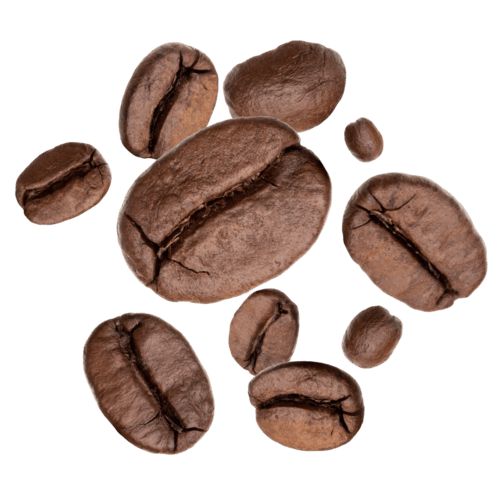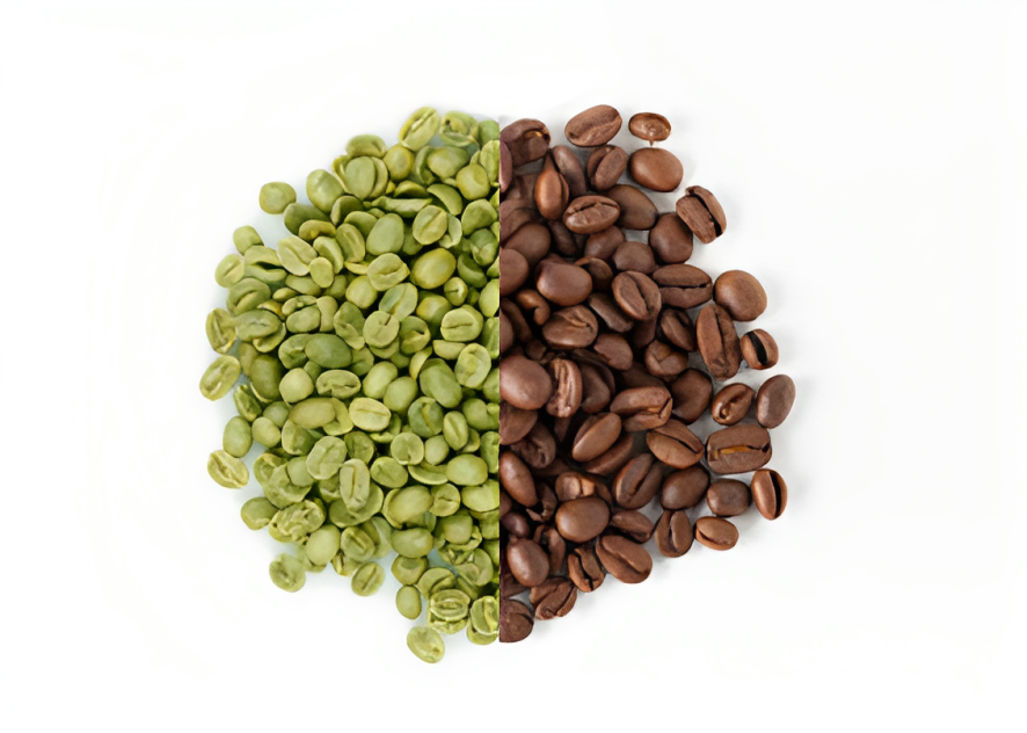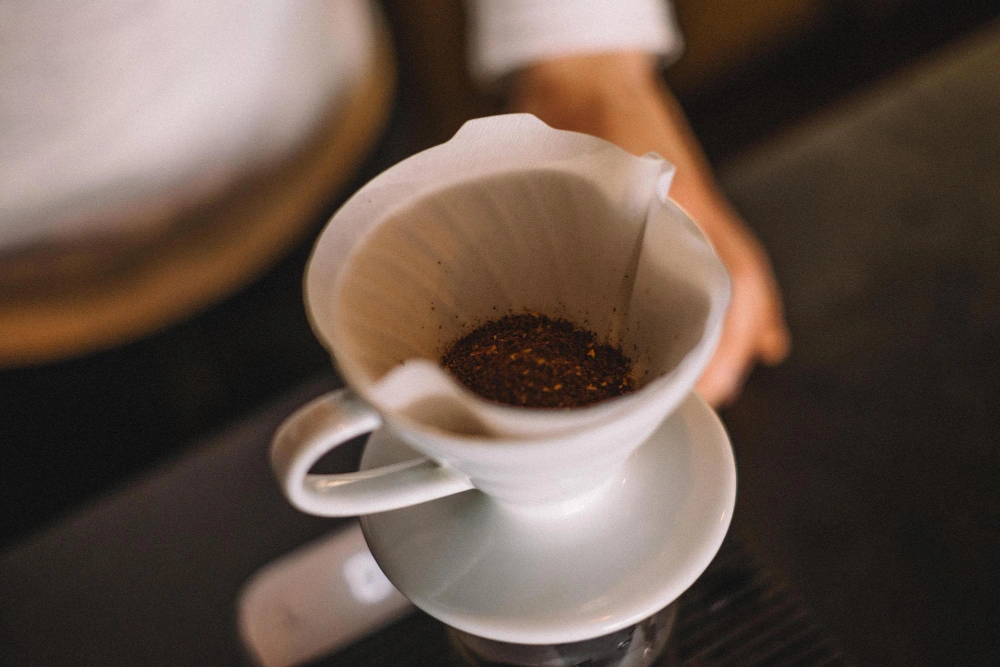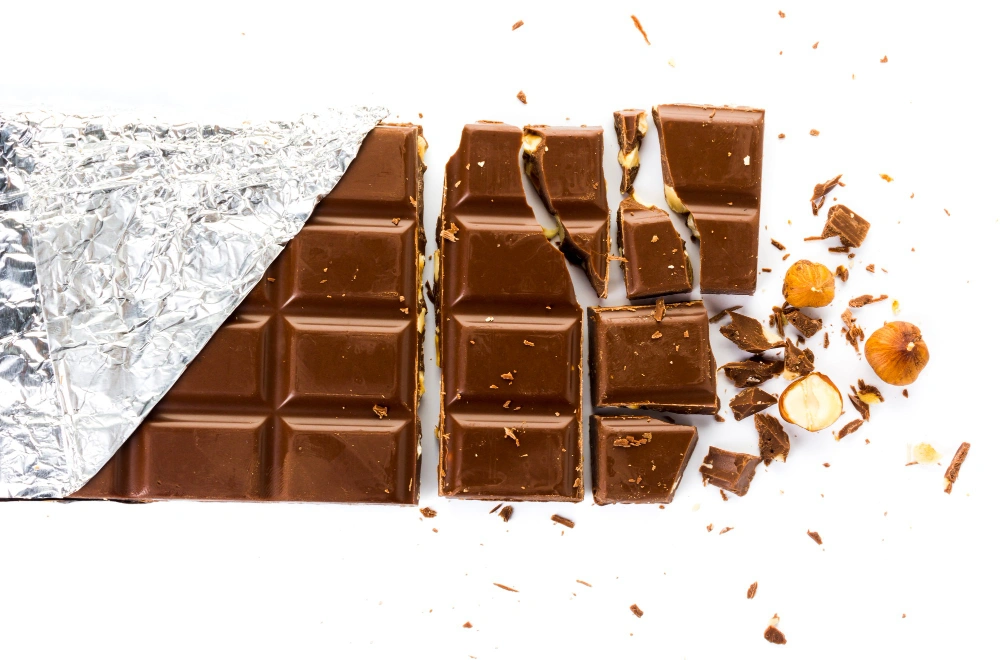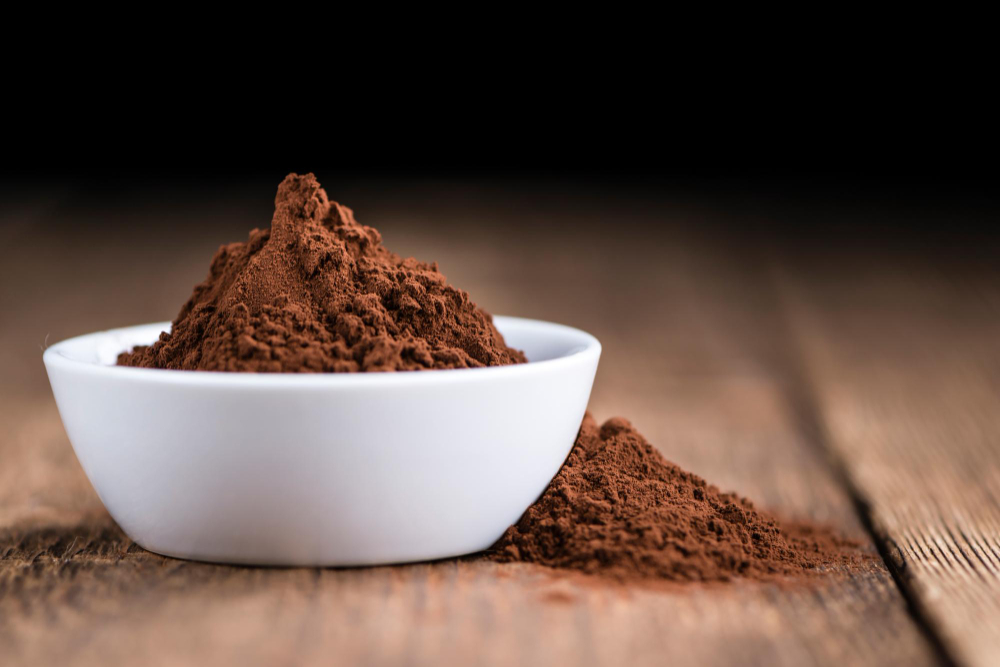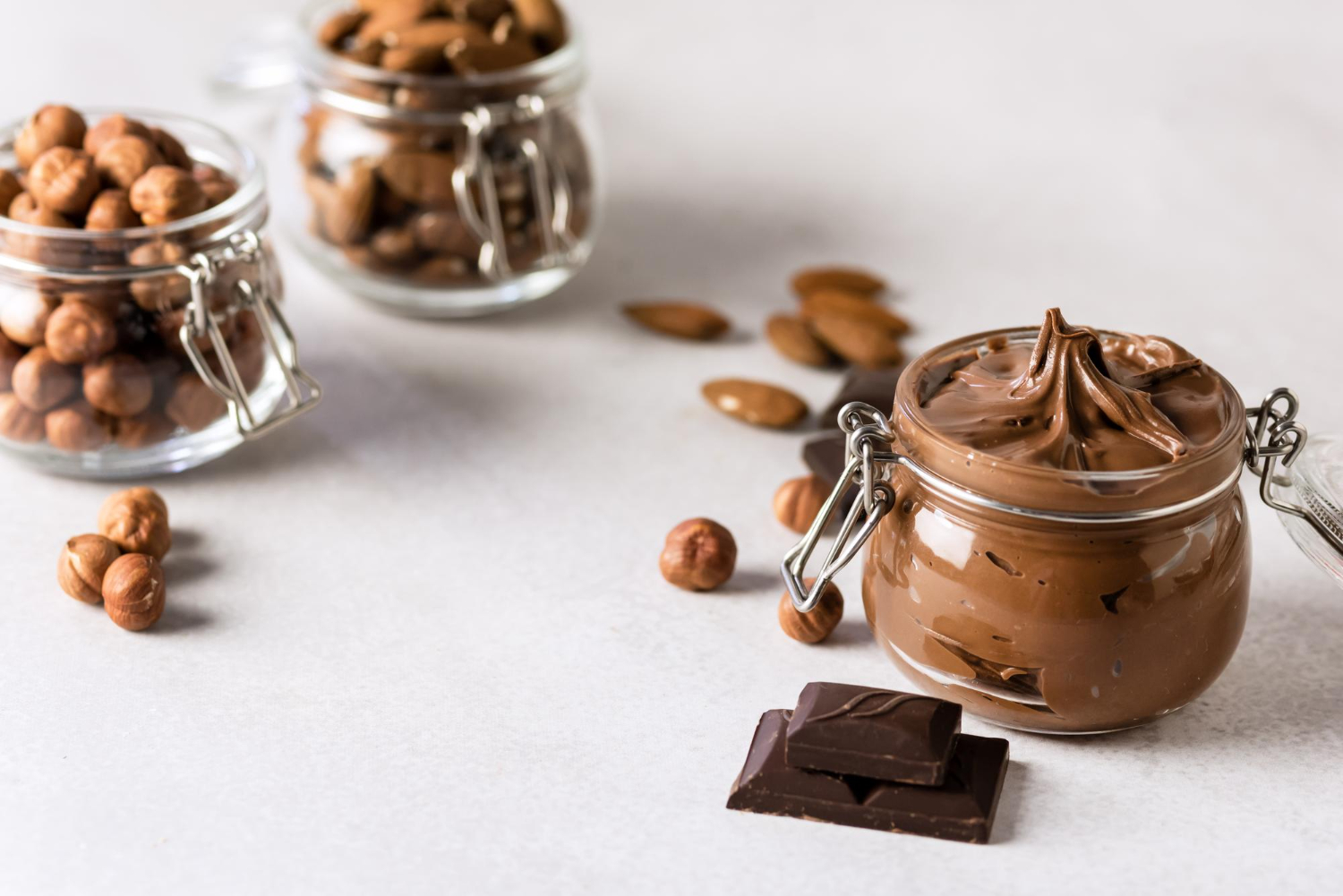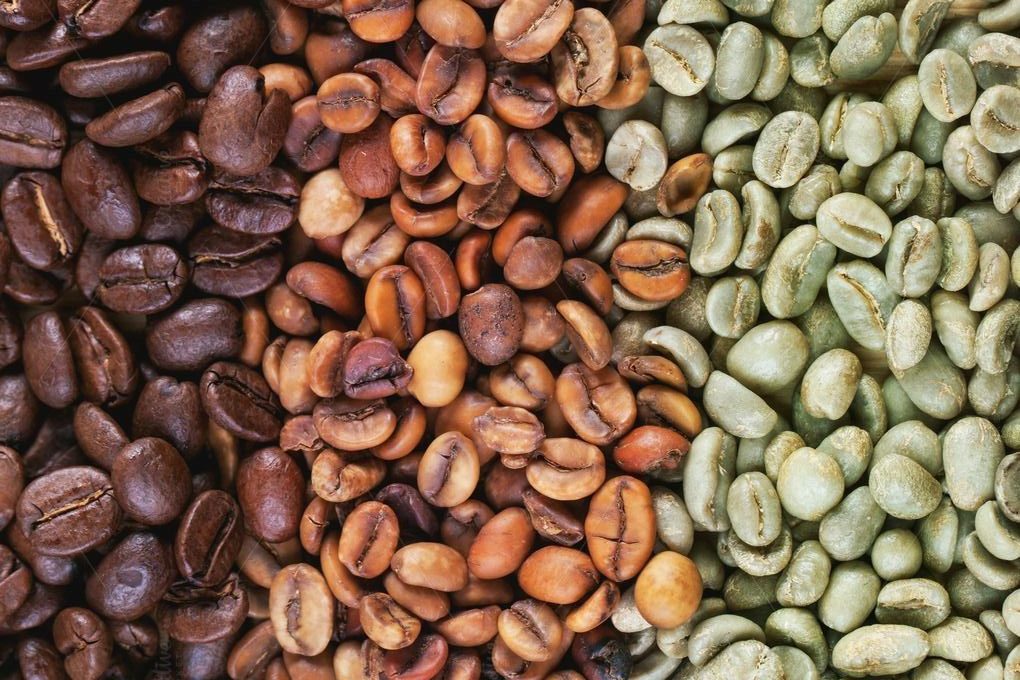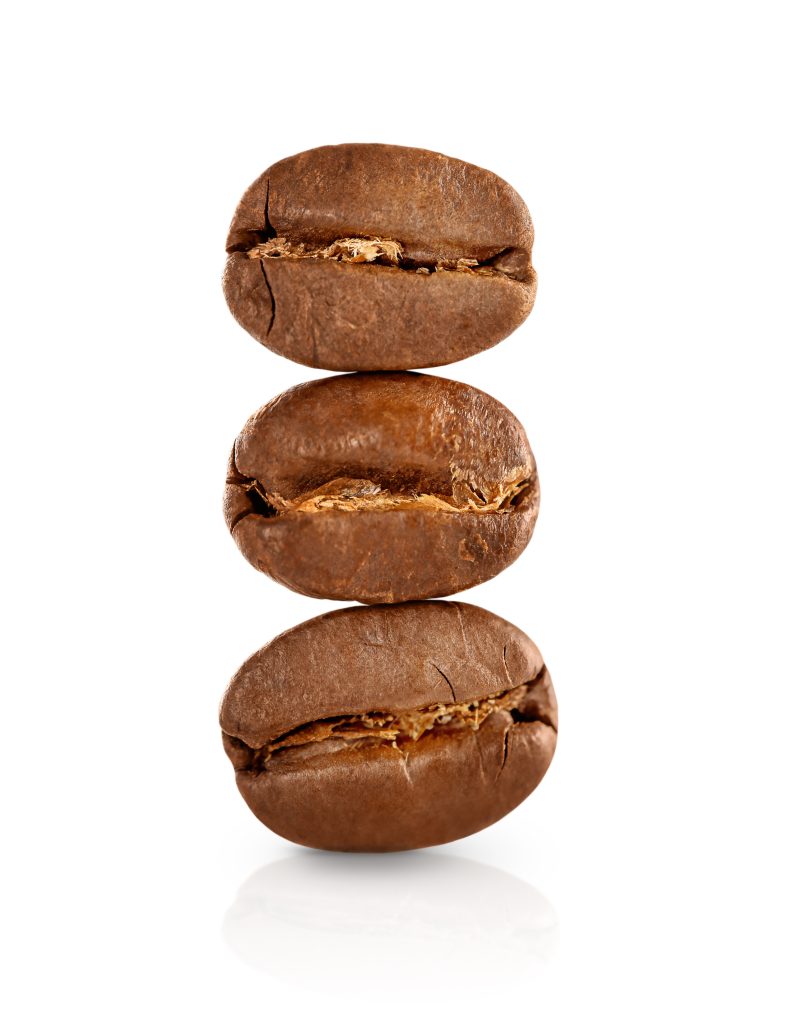
Robusta Coffee – A More Resistant Variety with Higher Caffeine and a Key Role in Espresso
Robusta coffee (Coffea Canephora) is a more resilient species that grows in hot climates and at lower altitudes. Because of its higher caffeine content and stronger bitterness, it plays an important role in espresso blends and instant coffee production.
🌱 Growing Conditions: Hardy plant, thrives in hot climates and lower altitudes
Robusta is more tolerant of pests and diseases and requires less delicate care compared to Arabica, making it easier and cheaper to cultivate.
🧬 Genetic Feature: Robusta is diploid (two chromosome sets).
🍫 Flavor Profile: Bitter, earthy, with roasted and woody notes
Robusta has a more bitter and earthy taste, and after roasting, it develops stronger, harsher flavors. These traits make Robusta a popular choice in espresso blends, as it adds crema thickness and strong body.
⚡ Caffeine Content: About 2.0–2.7% (higher than Arabica)
With about 2.0–2.7% caffeine, Robusta has nearly twice the caffeine of Arabica, contributing to its stronger taste and higher stimulant effect.
☕ Role in the Market: Widely used in espresso blends and instant coffee
Thanks to its strong body and bitter taste, Robusta is a key component in classic espresso blends and is also a major raw material in the instant coffee industry.
📊 Market Share: 30–40% of global coffee production
Robusta accounts for 30–40% of global coffee supply and has a particularly important role in instant coffee production, giving it a central position in the coffee market.
All About Arabica Coffee – From Cultivation Conditions to Flavor and Price
Arabica coffee (Coffea Arabica) is considered a premium variety because of its complex flavor and unique cultivation conditions. That’s why it holds the largest share in the global coffee market.
🌍 Origin:
Although known as Arabica, it is native to Ethiopia, where wild populations can still be found in the understory of the Ethiopian highlands. Traditionally in Ethiopia, coffee beans are consumed in two main ways: as a bread made from dried beans and butter, and as a brewed beverage made by roasting and grinding the beans, then boiling them in water.
🌿 Botanical Features:
It has a slender, branched tree that maintains its shape with proper pruning. Lateral and sub-lateral buds develop into productive (reproductive) branches.
🌱Cultivation Conditions: High Altitudes, Moderate Climates
This plant grows in high altitudes and moderate climates. Its most suitable environment is its native Ethiopian climate: a tropical climate moderated by altitude, with two contrasting seasons.
-
Annual rainfall: between 750 and 3000 mm, with about 4 months of dry season.
-
Average annual temperature: between 18 and 22 °C is required for ideal growth.
Arabica can also grow in low-altitude tropical humid regions, but for optimal fruit (berry) production, it must be cultivated above 800 meters above sea level. At low altitudes, it is vulnerable to frost, while at very high altitudes it is damaged by extreme cold.
🧬 Genetic Feature: Arabica is allotetraploid (four chromosome sets).
☕Flavor Profile: Fruity, Floral, with Balanced Acidity
Arabica, due to its fruity, floral aromas and balanced acidity, along with high flavor complexity, is the preferred choice for specialty coffees. This distinctive feature makes it more popular than Robusta.
⚡Caffeine Content : About 1.09% (1 to 1.5% less than Robusta)
With about 1.09% caffeine, Arabica has a milder stimulant effect than Robusta and is suitable for those looking for a more balanced experience.
💰 Higher Cost: Due to difficulty in cultivation and higher demand
The difficulty in cultivating at high altitudes, greater risk of disease, and the specialized market’s attention to quality have caused the price of Arabica to be higher.
🛡️ Resilience: More vulnerable to pests, diseases, and climate stress. This lower resistance means Arabica requires greater care, resulting in higher production costs but also higher market value.
📊 Market Share : Arabica makes up about 60–70% of global coffee production, according to ICO reports and is recognized as the main species in the international market.

Why Is It Important to Understand the Difference Between Arabica and Robusta Coffee?
Understanding the difference between Arabica and Robusta coffee is not just general knowledge; it’s valuable insight both for consumers who want a better coffee experience and for producers seeking a sustainable brand and long-term market strategy.
For consumers: Knowing the differences between Arabica and Robusta helps them interpret the meaning of aroma and flavor. Arabica, with its delicate acidity and complex sweetness, creates a smoother and more aromatic profile, while Robusta offers higher caffeine content, a stronger body, and a more bitter, earthy taste.
For roasters and producers: Recognizing the characteristics of Arabica and Robusta is not just about taste. This awareness supports smarter sourcing decisions, market positioning, and new product development, creating competitive advantages in the coffee market.
In the Specialty Coffee segment: The distinction between Arabica and Robusta defines brand identity and sets the foundation for customer trust. Arabica’s wider flavor spectrum and its premium perception make it the cornerstone for brands aiming to deliver authentic taste and build long-term competitive sustainability.
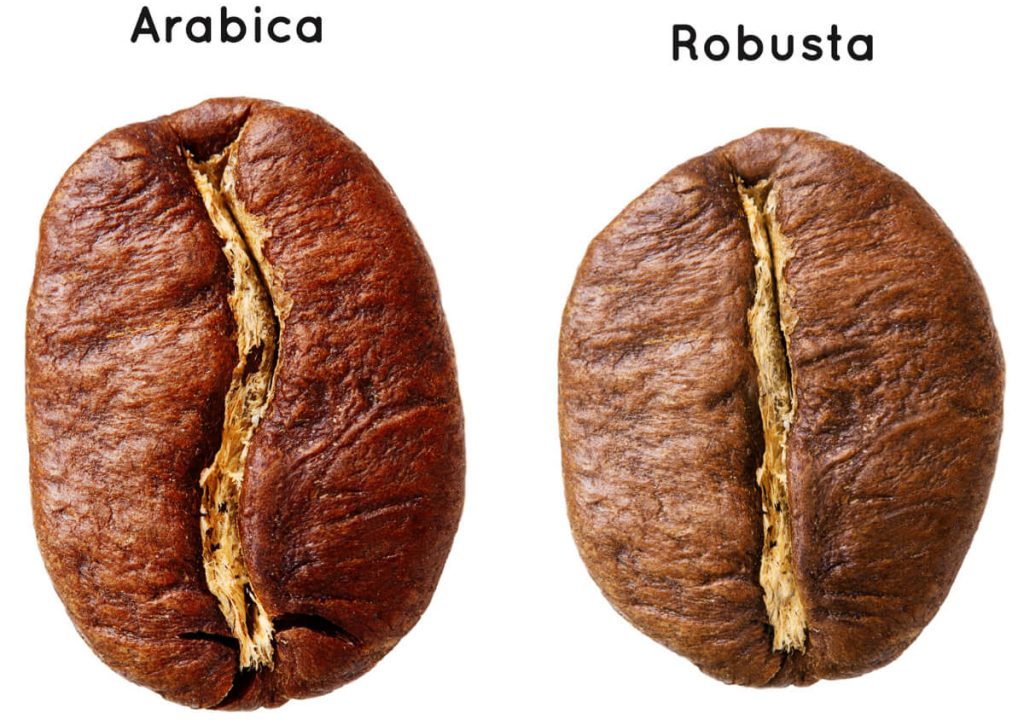
Arabica or Robusta – Which Coffee Suits You Better?
Arabica coffee with its fruity, floral aroma and balanced acidity is the preferred choice for specialty coffee lovers. With lower caffeine (≈1.0–1.5%) and higher market value, it covers about 60–70% of global coffee production.
Robusta coffee is stronger and more bitter, with almost twice the caffeine (≈2.0–2.7%), making it especially popular in espresso blends and instant coffee.
If you are looking for a refined, premium coffee experience, Arabica is the better choice. However, if you prefer higher caffeine and stronger crema in espresso, Robusta might be the right fit.
What is Terroir and how does it shape coffee flavor ?
Terroir refers to the set of environmental conditions such as soil type, rainfall, altitude, humidity, and surrounding vegetation that influence the flavor and aroma of coffee beans. Just like wine, coffee expresses its unique taste based on its place of origin.
Soil and Mineral Composition
Volcanic soils rich in nutrients like nitrogen, phosphorus, and potassium enhance bean quality.
Soil type and pH affect mineral uptake and flavor balance.
Result: coffee with greater complexity, balance, and aromatic depth.
Altitude and Climatic Conditions
Higher elevations = slower bean growth → more complex flavors and higher acidity.
Lower elevations = faster growth, simpler flavors, lower acidity.
Altitude also influences bean density, which is a key factor in roasting and cup quality.
Surrounding Vegetation
Shade trees (like banana or fruit trees) regulate temperature and humidity.
Nearby plants contribute to microclimates that affect bean development.
Dense shade often produces beans with more balanced sweetness and nuanced aroma.
Rainfall and Humidity
Balanced rainfall = stable growth and consistent flavor.
Excessive humidity = higher risk of mold and mycotoxins.
Proper rainfall and moisture help beans develop desirable sweetness and acidity.

The Impact of Environmental and Ecological Conditions on Coffee Flavor and Quality
Arabica vs. Robusta Roasting: What Flavor Profiles Do They Create?
Arabica (Coffea Arabica): With higher sugar content and natural acidity, Arabica develops more complex flavor profiles during roasting. Light roasts highlight fruity and floral notes, medium roasts enhance chocolaty and caramel-like flavors, and darker roasts reduce acidity while creating smoother bitterness and a fuller body.
Robusta (Coffea Canephora): Due to its higher caffeine content and chlorogenic compounds, Robusta tends to produce harsher, more bitter flavors during roasting, often with earthy or smoky notes. Darker roasts intensify these characteristics, making Robusta popular in espresso blends for its strong body and thick crema.
In summary, Arabica adapts to different roasting levels by offering a variety of delicate and balanced flavors, while Robusta consistently delivers stronger, more bitter, and heavier taste profiles.
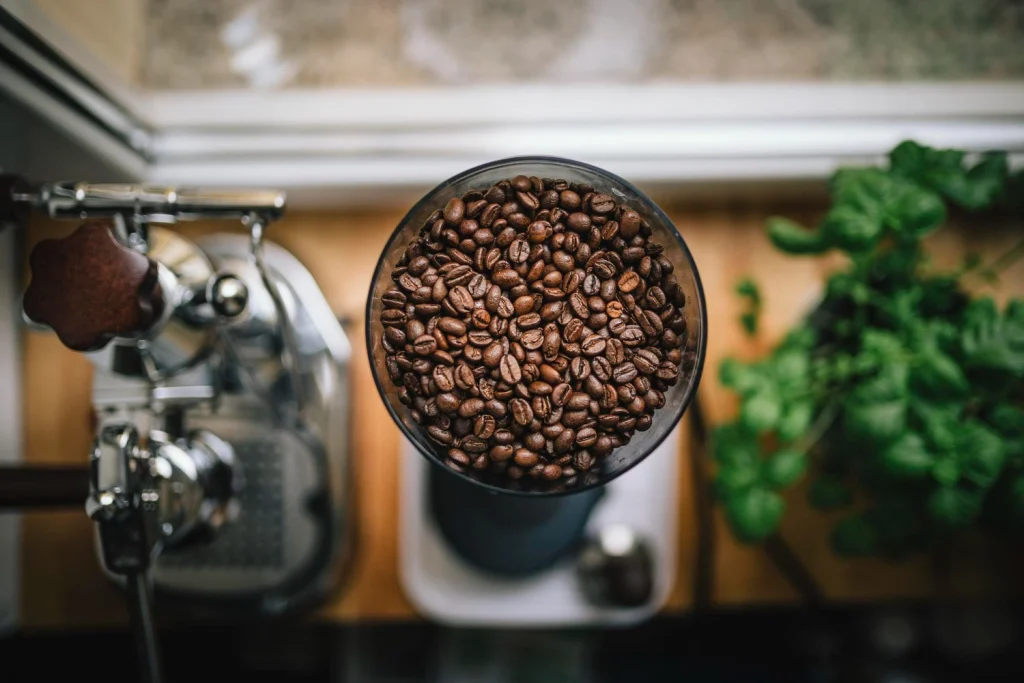
Conclusion : Choosing the Right Coffee – Why Arabica Is the First Choice for Flavor and Aroma Lovers
When it comes to choosing coffee, the key question is: are you looking for delicacy and layered aromas, or for strength and intensity ?
Arabica stands out with its natural sweetness, balanced acidity, and a wide spectrum of flavors ranging from fruity and floral to chocolaty and nutty. That’s why Arabica has become the leading choice among specialty coffee consumers and coffee enthusiasts who seek refined quality.
Robusta, on the other hand, offers more caffeine and a heavier, more bitter body. While it has its place in espresso blends and instant coffee production, it is often chosen for strength rather than nuance.
If coffee for you is more than just a beverage, Arabica provides the authentic, layered experience that c
